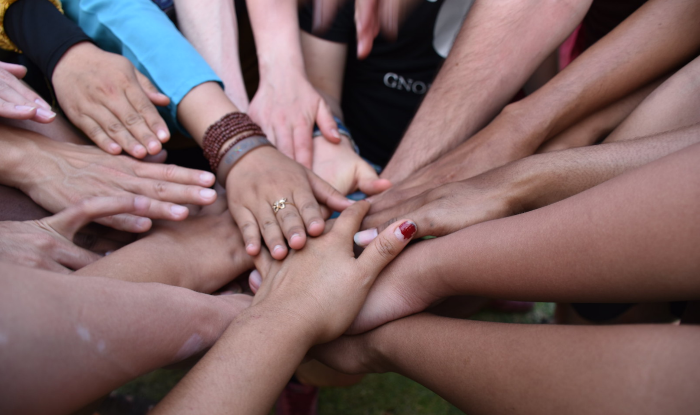
In celebration of the International Day of Women and Girls in Science on 11 Feb, the Fusion Group at the Barcelona Supercomputing Center highlights the past women speakers at the Fusion HPC Workshop, held virtually each year since 2020. This workshop covers all computer applications using High Performance Computing (HPC) in the field of fusion research.





